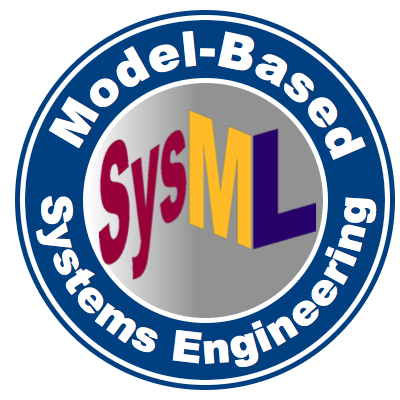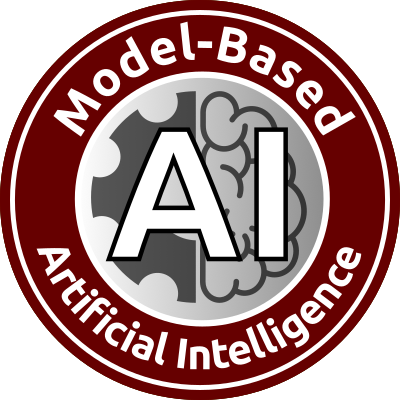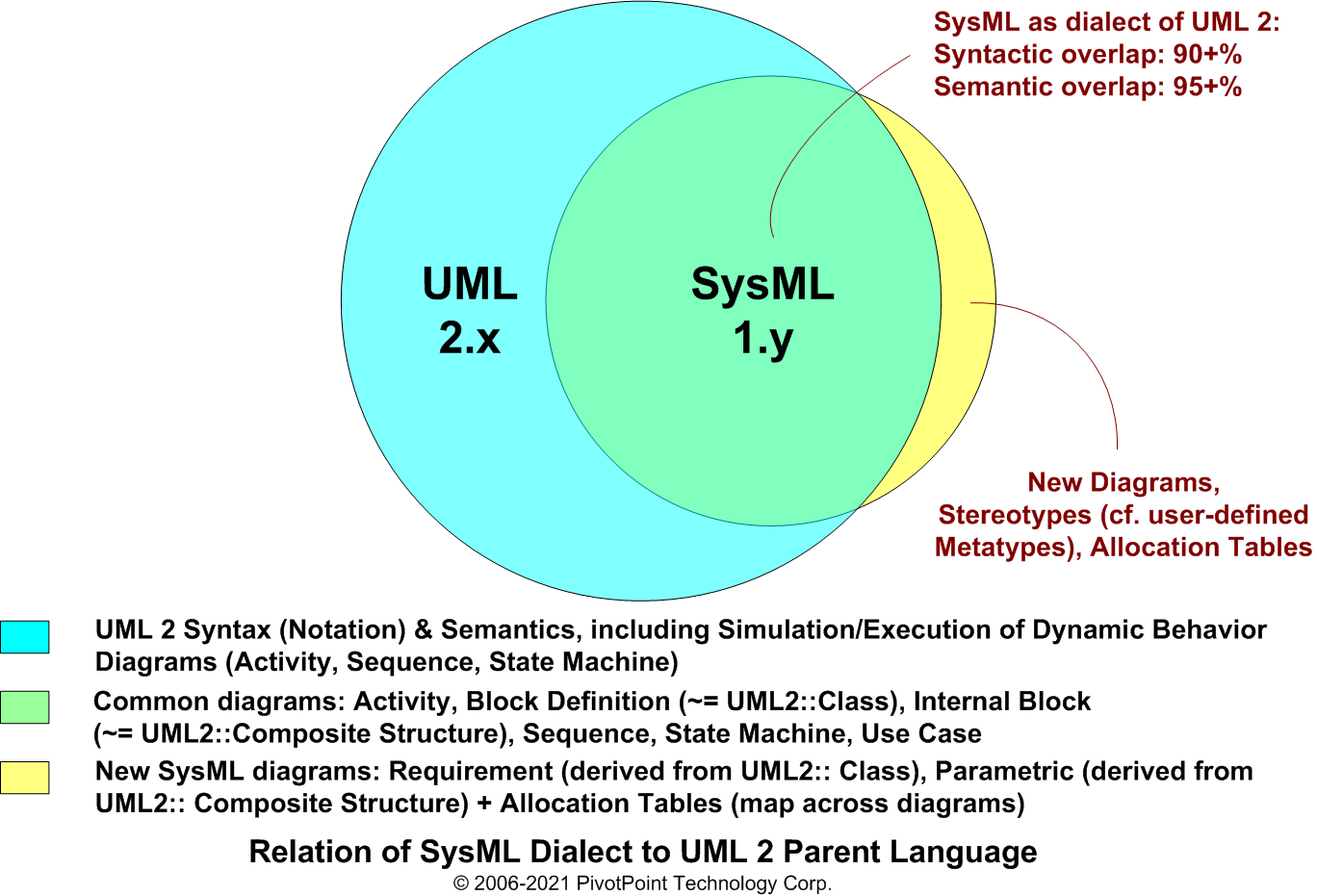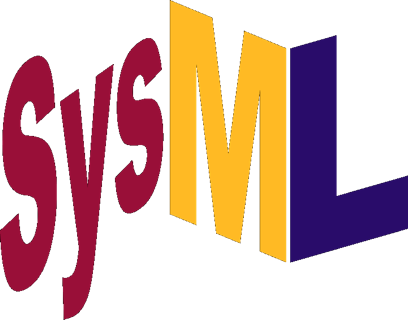SysML FAQ: What is the relationship between SysML and UML?
Short Answer:
Contrary to MBSE and tool-vendor Muddle-Driven Marketecture hype, the differences between the SysML and UML modeling languages are more lightweight and dialectical in nature than heavyweight and substantive. This should be expected since SysML was originally designed to be used by Systems Engineers collaborating with Software Engineers applying UML for software analysis and design, and SysML is defined as a modestly extended pragmatic subset of UML 2. (See SysML FAQ: Can SysML and UML model elements be combined in the same model? Indeed, although SysML adds two useful diagram usages to UML (Requirements diagrams extend UML Class diagrams; Parametric diagrams extend UML Class & Composite Structure diagrams), the other diagrams that SysML borrows from UML are either largely reused without modification (e.g., Use Case, Sequence, State Machine diagrams) or are modestly tweaked with lightweight customizations called stereotypes that lack substantive semantics (e.g., renaming Classes as Blocks and adding lightweight syntax and semantics for physical item flows; adding stereotypes to Activity diagrams without bona fide executable semantics).




